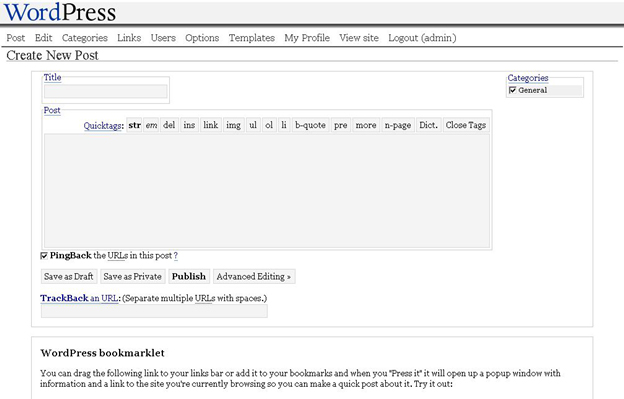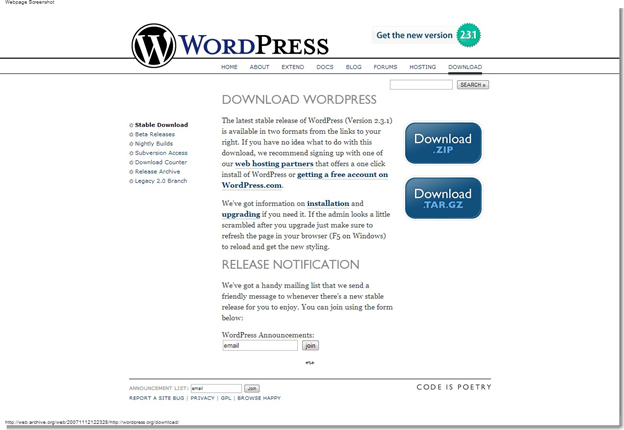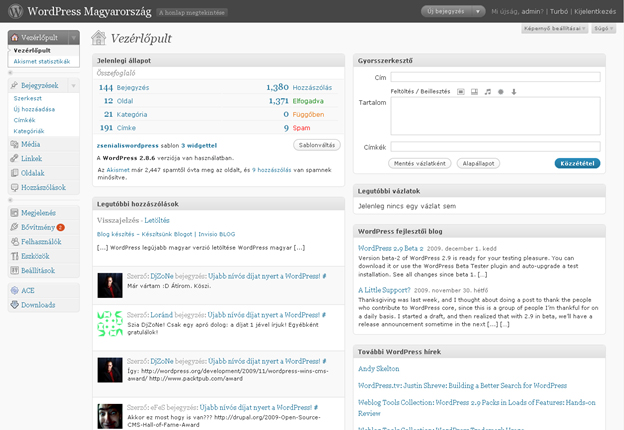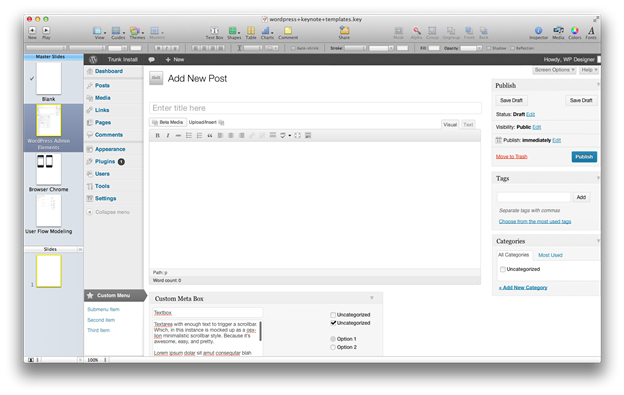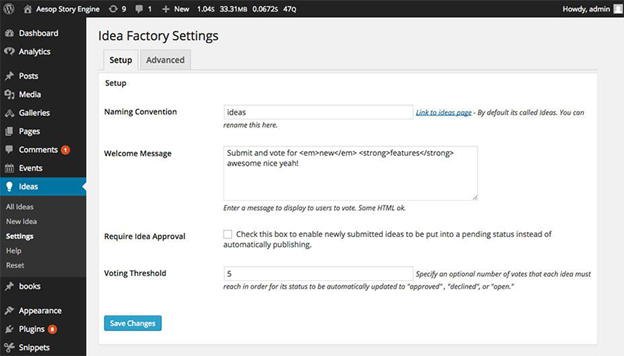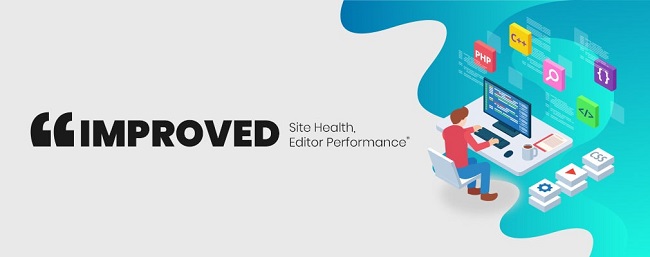The Journey of WordPress
Introduction
The popularity of WordPress is not something we can ignore. We’ve known it as the best solution that any developer can use to setup a website or a blog without writing a single line of code.
Table of Contents
Known as the home of tens of thousands of plug-ins and high-quality themes of all time, WordPress not only has a big name on the market today but also it does not have a real competitor.
Of course, we’ve heard of Joomla and Magneto, but with more than 10 million websites running on WordPress, we cannot deny that the WordPress Team has become the best brand that thousands upon thousands of web developers know today.
The Beginning
After the development of B2, the precursor of WordPress, stopped, Matt Mullenweg wrong a blog post announcing his plan to develop software that would meet not only his needs but also the requirements of modern web standards.
After reading the post, Mike Little, a Freelance Technical Editor, contacted Matt, and they both started WordPress.
The project began when Mullenweg was nineteen years old. Although he was already a developer at the time, Matt was taking a course in philosophy and political science at the University of Huston.
From that moment until today, WordPress has been through some changes, drawbacks, successes, and accomplishments too.
The Timeline 2003 to 2004: The Beginning Journey of WordPress
The time between these two years were the moments when the idea of building WordPress CMS came to the mind of two tech nerds.
Of course, the foundation of WordPress on the market today deeply rooted to a point too many people have no idea exactly how it all started. Michael Valdrighi had abandoned the development of B2 Cafelog in 2003.
In the same year, Matt a blog post that proposed the development of a new platform.
Having developed interest in the idea that could change the web standards, Michael Little requested to team up with Matt to create the new platform; this marked the long journey of the WordPress that we know today.
In May 2003, a preliminary version of the tool was released. However, the official version 1.0 of WordPress was published in January 2004.
2005 to 2007: The big steps (Journey of WordPress)
In 2005, the team launched Automatic as a separate business. It was in the same year that the official launch of WordPress, www.wordpress.com, took place. At that time, WordPress wasn’t purely stable or dynamic.
It was still a small application, but it had some theme functionalities, as well as statics pages. The development of WordPress Themes was an important driving factor that captured the interest of many web developers and designers worldwide.
In fact, the real theme development began after the introduction of WordPress version 1.5. The Content Management System continued to grow, and as 2007 ended, there was no doubt about the future of WordPress; it already had a well-established online presence.
2008 to 2009: Major Changes Come to WordPress
The team decided that they would adjust the backend of the system. With the intention to make the system as useful as possible, WordPress wanted to give the admin panel a better look and feel, much more to improve the user experience.
By this time, close to 1.6 million website developers and designers were already developing their applications with WordPress.
During this period, the growth of plug-ins continued to flourish, and the Theme Directory improved in quality and standards.
Many of the best WordPress templates and website templates have their foundations on the developments of this period.
2010 to 2011: The Growth of WordPress in Public
For Matt, it was important that WordPress should go into the streets. Of course, this meant that creating an online presence and digital awareness alone wasn’t enough at all.
If this was to become a very good idea and a better platform for website development, Matt had to secure its future.
In a time where the team had to combine vision, hope and interest together, they decided that WordPress would be open source software project. Therefore, the WordPress Foundation was set up as a charitable organization to secure the future of the CMS.
2012 to 2015: WordPress Becomes a Mature Platform and making the move
There are many Content Management Systems on the internet today, but WordPress was able to consolidate its position as the world’s leading CMS.
Related Post: First Overview of Twenty Twenty-One, WordPress Upcoming Default Theme
2016 to 2023: The Gutenberg era- New Journey of WordPress
Upgraded customization editing Improvement. New widgets for audio, video, image. Introducing a new block editor, made possible by 432 developers. Improved site health editor performance.
Today, it is the best CMS of all the time. In fact, there are many WordPress Themes and Templates developers than there are developers for other platforms.
The Goal
Indeed, WordPress has come a long way in a long time. The foundation has not changed its goal just yet, and they won’t. According to Matt and Michael, WordPress will remain a free software solution not only for the modern use but also for the generations to come.



